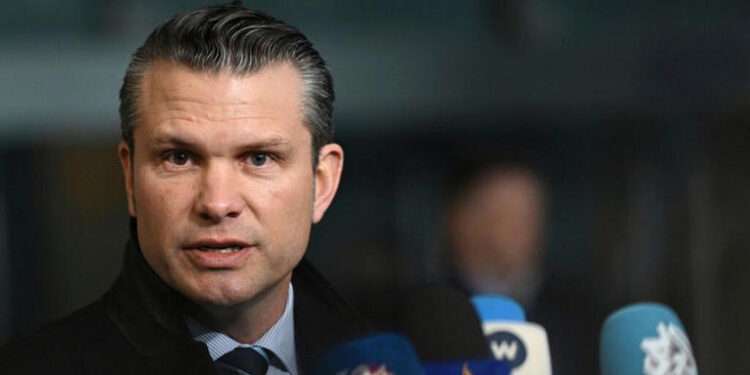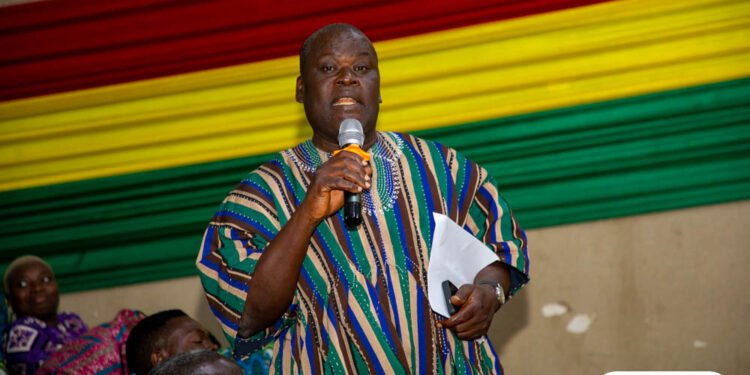The European Union has reached a significant milestone in its journey toward decarbonization. For the first time in 2024, solar energy became the leading source of electricity generation, surpassing coal in the bloc’s energy mix.
This historic shift underscores the EU’s accelerating transition away from fossil fuels and its efforts to reduce reliance on Russian energy imports.
According to the European Electricity Review, published by the energy think tank Ember, renewable energy accounted for 47% of the EU’s energy mix in 2024, a dramatic increase of 10% compared to the previous year.
Solar power emerged as the fastest-growing energy source, while coal’s share plummeted to a mere 10%, marking a significant decline for the EU’s most polluting fossil fuel.
“Fossil fuels are losing their grip on EU energy,” said Chris Rosslowe, senior analyst and lead author of the Ember report.
“At the start of the European Green Deal in 2019, few thought the EU’s energy transition could be where it is today.
“Wind and solar are pushing coal to the margins and forcing gas into structural decline.”
Chris Rosslowe, Lead Author of the Ember report
Despite its progress, the EU faces significant hurdles in phasing out coal entirely. While coal’s share in the energy mix has shrunk to historic lows, eliminating the remaining 10% could prove more challenging than anticipated.
Germany, the EU’s largest producer of coal-fired energy, is facing delays and cost overruns in its transition to gas-fired power plants.
These setbacks mean that coal plants will need to remain operational as a backup energy source “well into the next decade,” according the report.
Germany’s extended reliance on coal highlights the broader challenges of balancing energy security with decarbonization goals.
While renewables like solar and wind continue to grow, the intermittency of these sources and delays in infrastructure development have forced some EU countries to maintain coal as a safety net.
Solar Energy’s Accelerated Growth

The surge in solar energy adoption is partly attributed to the instability in Russian energy markets following the invasion of Ukraine in 2022. The conflict triggered a spike in global gas prices, placing immense pressure on Europe, which had relied heavily on Russian imports.
In response, EU leaders worked aggressively to reduce dependence on Russian energy by accelerating the adoption of renewables.
Millions of Europeans, faced with rising energy costs and energy poverty, turned to solar energy as a more affordable and sustainable alternative. The result has been a solar boom, with installations skyrocketing across the continent.
However, challenges remain. While solar overtook coal in the EU, analysts warn of a potential slowdown in global solar energy growth.
According to forecasts by Sylvia Leyva Martinez, energy analytics firm Wood Mackenzie, 2024 saw the addition of 495 GW of solar capacity worldwide, but this figure is expected to stagnate at 493 GW in 2025.
“Post-election uncertainty, waning incentives, power sector reforms, and a shift toward less ambitious climate agendas will drive solar installations to stagnate after years of exponential growth.”
Sylvia Leyva Martinez, aenergy Analytics
As Europe moves toward a cleaner energy future, the focus remains on expanding renewable energy capacity while addressing the lingering challenges of fossil fuel dependency.
Solar power’s rise to prominence is a testament to the EU’s commitment to achieving its climate goals, but sustained investment and policy innovation will be required to eliminate coal entirely.
The EU’s achievements are part of a larger global push for renewable energy. However, as Wood Mackenzie’s forecast suggests, the pace of solar energy growth could slow in the coming years due to changing economic and political factors.
Policymakers will need to ensure that incentives and reforms remain strong to maintain momentum in the clean energy transition.
With continued investment in renewables and strategic collaboration, the EU is poised to maintain its leadership in the global energy transition, paving the way for a greener, more sustainable future.
READ ALSO: Global Fragmentation to Worsen Trade Restrictions in 2025, WEF Warns























